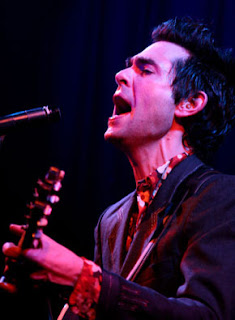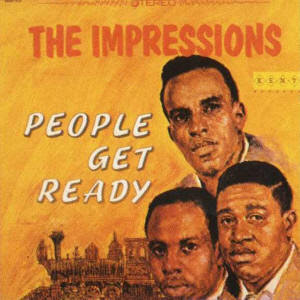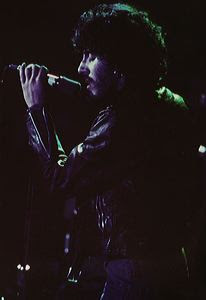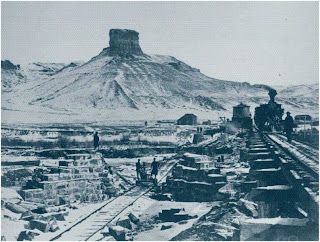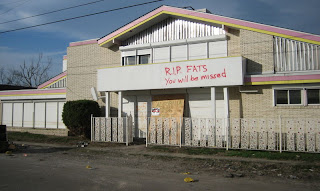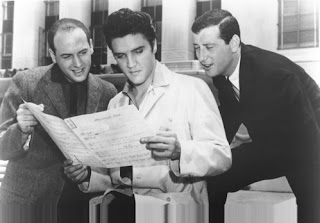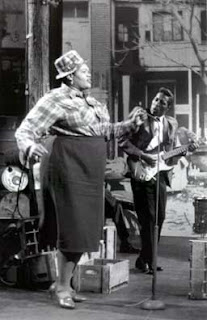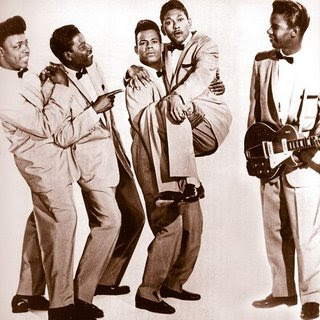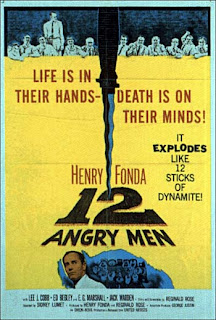 When I saw "Twelve Angry Men" in the theater today again it struck me how timeless this movie is. A classic in every sense of the word. Although not a drop of blood is spilled in the movie it is a gripping thriller that works on many levels. Even though the film doesn't accurately depict a jury and its working, it worked at the time and still does as very compelling social commentary on many levels while at the same time it is filled with psychological suspense. The plot and the setting was simple, a jury of twelve men needs to decide whether they find the accused guilty of murder. If they do, the judge stresses at the beginning of the film, the capital sentence is mandatory. The 18 year old boy on trial will be send to his death. On a hot and damp summer day twelve men, all with their personal backgrounds and hang ups, are confined in a locked small room. The case seems clear cut yet one man has doubts and votes not guilty. Juror #8 (Henry Fonda) isn't so sure he feels sympathy for the kid and thinks his lawyer did a poor job in his defense, he is filled with questions he wants an answer to. This leads into an exhausting dialog with the eleven other jurors who were initially hoping to be done quickly in the suffocating heat of their small quarters. Director Sidney Lumet filmed the movie on the small budget, even for 1957, of $350.000 dollars, with the lion share of the scenes in one room, yet managed to instill it with a suspense that leaves you on the edge of your seat.
When I saw "Twelve Angry Men" in the theater today again it struck me how timeless this movie is. A classic in every sense of the word. Although not a drop of blood is spilled in the movie it is a gripping thriller that works on many levels. Even though the film doesn't accurately depict a jury and its working, it worked at the time and still does as very compelling social commentary on many levels while at the same time it is filled with psychological suspense. The plot and the setting was simple, a jury of twelve men needs to decide whether they find the accused guilty of murder. If they do, the judge stresses at the beginning of the film, the capital sentence is mandatory. The 18 year old boy on trial will be send to his death. On a hot and damp summer day twelve men, all with their personal backgrounds and hang ups, are confined in a locked small room. The case seems clear cut yet one man has doubts and votes not guilty. Juror #8 (Henry Fonda) isn't so sure he feels sympathy for the kid and thinks his lawyer did a poor job in his defense, he is filled with questions he wants an answer to. This leads into an exhausting dialog with the eleven other jurors who were initially hoping to be done quickly in the suffocating heat of their small quarters. Director Sidney Lumet filmed the movie on the small budget, even for 1957, of $350.000 dollars, with the lion share of the scenes in one room, yet managed to instill it with a suspense that leaves you on the edge of your seat. In the US of 1957 the capital punishment was still common ground, it's ramifications much less discussed as they are today. "12 Angry Men" does an excellent job of explaining why the death penalty should have no place in any legal system. With states like Texas still executing convicts thats is one of the reasons why this movie still bears a strong social relevance. The boy on trial in the movie is of poor backgrounds, born and raised in the ghetto of the city. In a clever casting move by Lumet, it is unclear whether this boy is from Latin, Polish or Italian descent. But it does become clear that his social economical background plays and important part in the film. Besides the explicit bigotry from juror #10, there seems to be an initial carelessness about this boys life, juror #7 has more important things on his mind, his baseball game and #12, who works in the advertising business, is caught up in his commercial slogans. The jury at first shows the same disregard as the boy's lawyer who bungled the case and failed to instill the jury with the reasonable doubt that was obviously there as would become clear at the end of the movie. "12 Angry Men" serves as a classic dramatized example of how class justice works. Although the innocence of the accused is never proved in the film, the risk is implied that the legal system can send an innocent to the chair. This so it seems is the main theme of the movie.
In the US of 1957 the capital punishment was still common ground, it's ramifications much less discussed as they are today. "12 Angry Men" does an excellent job of explaining why the death penalty should have no place in any legal system. With states like Texas still executing convicts thats is one of the reasons why this movie still bears a strong social relevance. The boy on trial in the movie is of poor backgrounds, born and raised in the ghetto of the city. In a clever casting move by Lumet, it is unclear whether this boy is from Latin, Polish or Italian descent. But it does become clear that his social economical background plays and important part in the film. Besides the explicit bigotry from juror #10, there seems to be an initial carelessness about this boys life, juror #7 has more important things on his mind, his baseball game and #12, who works in the advertising business, is caught up in his commercial slogans. The jury at first shows the same disregard as the boy's lawyer who bungled the case and failed to instill the jury with the reasonable doubt that was obviously there as would become clear at the end of the movie. "12 Angry Men" serves as a classic dramatized example of how class justice works. Although the innocence of the accused is never proved in the film, the risk is implied that the legal system can send an innocent to the chair. This so it seems is the main theme of the movie.But there's more than meets the eye. Timeless as the movie may be it is obviously set in the fifties. Clothing styles and ashtrays around the room with nearly every juror smoking place the movie firmly in that time frame. Yet when juror #10 falls into another of his bigot "us" and "them" rants there is a frightening actuality to the film. His narrow world view is exactly what troubles discussion concerning the underprivileged today. In a key scene to the movie when juror #10 is ranting, the rest of the jurors stand up turning away from him, singling him out. Especially in the segregated America of 1957 this was an extremely power statement. But although segregation is a thing formally of the past prejudice is still very much alive today influencing society and thus the legal system.
To me one of the most interesting characters is juror #3, a self made man who runs a messenger service. Headstrong, short tempered and very butch juror #3 has become estranged from his own son, which makes this case personal for him. His reasons for wanting see this boy get the capital punishment haven't got so much to do with prejudice, they've got more to do with his own personal demons. #3 introduces most explicitly the human element in the film. He projects his own failure and feelings of betrayal on the boy on trial. He feels abandoned by his son and sees this reflected in the case where the boy murdered his father. Although highly dramatized it does an excellent job of showing how our objective judgment can be clouded and influence our decisions. #3 desperately tries to block out all doubt throughout the movie eventually coming to a spine tingling confrontation near the end of the movie whit Fonda who calls him on his personal interest.
"12 Angry Man" is brilliantly cast and watching the movie today you wonder why the film was ever redone in 1997. That later version is entertaining sure, but nowhere near as powerful and meticulously played out as the original 1957 film. Brilliantly shot and acted you forget its black and white before you're even half way through.
See also the in depth review by Tim Dicks
